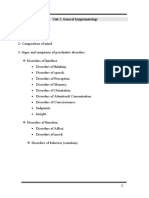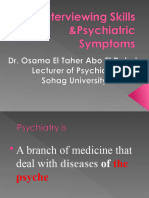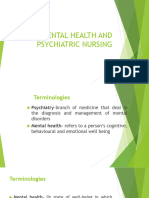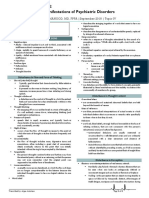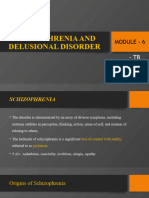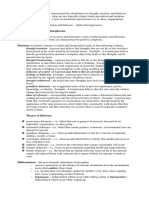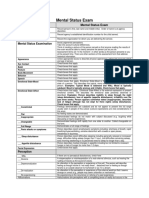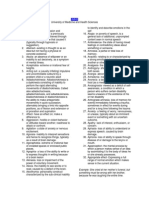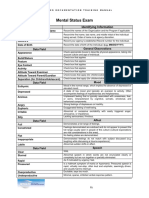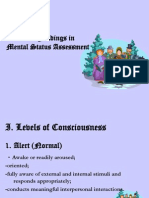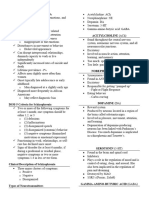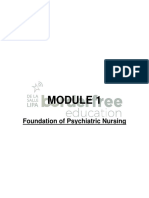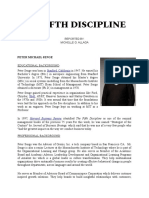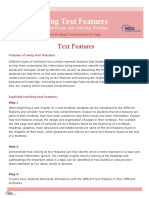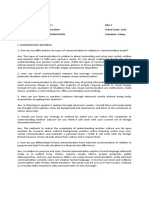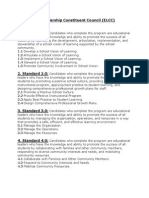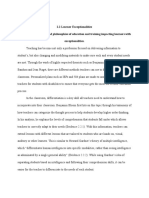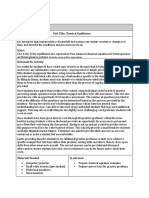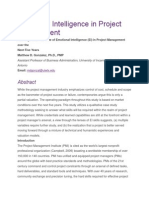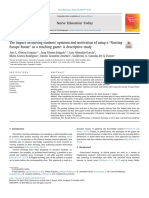0% found this document useful (0 votes)
80 views7 pagesLecture MSE Terminologies
The document provides definitions and examples of various psychological terms and conditions, including confabulation, pressured speech, aphasia, and hallucinations. It covers a range of topics related to communication disorders, thought processes, and emotional states, detailing symptoms and behaviors associated with each term. The content serves as a reference for understanding mental health concepts and their implications.
Uploaded by
zk5581424Copyright
© © All Rights Reserved
We take content rights seriously. If you suspect this is your content, claim it here.
Available Formats
Download as DOCX, PDF, TXT or read online on Scribd
0% found this document useful (0 votes)
80 views7 pagesLecture MSE Terminologies
The document provides definitions and examples of various psychological terms and conditions, including confabulation, pressured speech, aphasia, and hallucinations. It covers a range of topics related to communication disorders, thought processes, and emotional states, detailing symptoms and behaviors associated with each term. The content serves as a reference for understanding mental health concepts and their implications.
Uploaded by
zk5581424Copyright
© © All Rights Reserved
We take content rights seriously. If you suspect this is your content, claim it here.
Available Formats
Download as DOCX, PDF, TXT or read online on Scribd
/ 7





